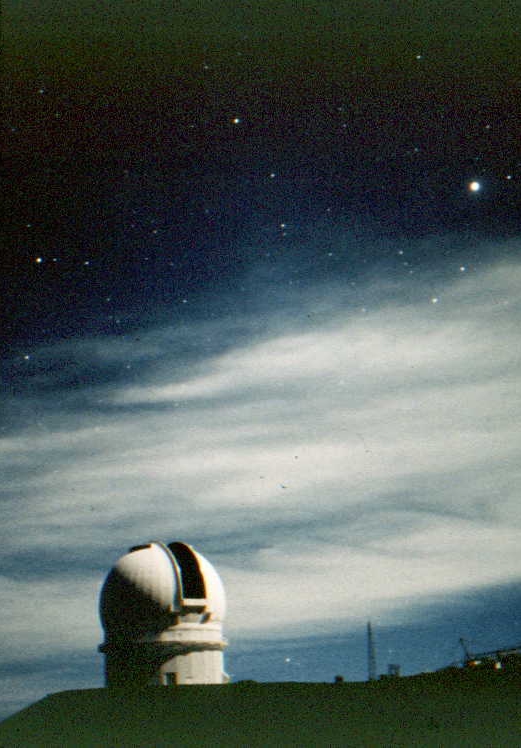

At nearly 14,000 feet, its peak is normally above the clouds. The weather at the summit of Mauna Kea tends to be ideal for viewing the skies. The light would take different paths to the telescope, generating different images of the same object. It could do this by studying light from far-away galaxies. That’s a big dilemma in today’s world,” Dumas said.īecause mass deforms space and light, Dumas said the new telescope would make it possible to measure how dark matter influences light. “We have no idea what dark matter is and no idea what dark energy is.

Dark energy makes up about three-quarters and dark matter the rest. Humans see only about 4 percent of all matter in the universe, Dumas said. But in fact, in the long run, they have profound impacts on our lives,” Ghez said. Those who doubt the importance should note that GPS-enabled maps on cellphones rely on Einstein’s theories about gravity. It may also help them understand gravity. The Thirty Meter Telescope would enable scientists to study more galaxies and more black holes in greater detail. Black holes at the center of most galaxies are so dense that nothing, not even light, can escape their gravitational pull.Īndrea Ghez, a University of California, Los Angeles physics and astronomy professor who discovered our galaxy’s black hole, said scientists believe black holes play a fundamental role in how galaxies are formed and evolve.īut so far astronomers have only been able to observe this dynamic in detail in the Milky Way because the next galaxy is 100 times farther away. He compared the technique to blocking a bright street light in the distance with your thumb then seeing insects circling in the fainter light below. “For the first time in history we will be capable of detecting extraterrestrial life,” Dumas said.ĭumas said the new telescope would use special optics to suppress the light of stars. The new telescope would allow scientists to determine whether their atmospheres contain water vapor or methane which might indicate the presence of life. But they don’t know much about what those planets - called extrasolar planets or exoplanets - are like. During the past 20 years, astronomers have discovered it is common for planets to orbit other stars in the universe. The telescope would be more than 200 times more sensitive than current telescopes and able to resolve objects 12 times better than the Hubble Space Telescope, said Christophe Dumas, head of operations for the Thirty Meter Telescope. That’s three times as wide as the world’s largest existing visible-light telescope.Īdaptive optics would correct the blurring effects of the Earth’s atmosphere. The telescope gets its name from the size of the mirror, which will be 30 meters (98 feet) in diameter. The large size of the telescope’s mirror means it would collect more light, allowing it to see faint, far-away objects such as stars and galaxies dating back as long as 13 billion years. WHY WOULD THE TELESCOPE BE MORE POWERFUL?

Here’s a look at the telescope project and some of the science it’s expected to produce. The latest protests could be the final stand against it. Activists have fought the $1.4 billion telescope but the state Supreme Court has ruled it can be built.


 0 kommentar(er)
0 kommentar(er)
